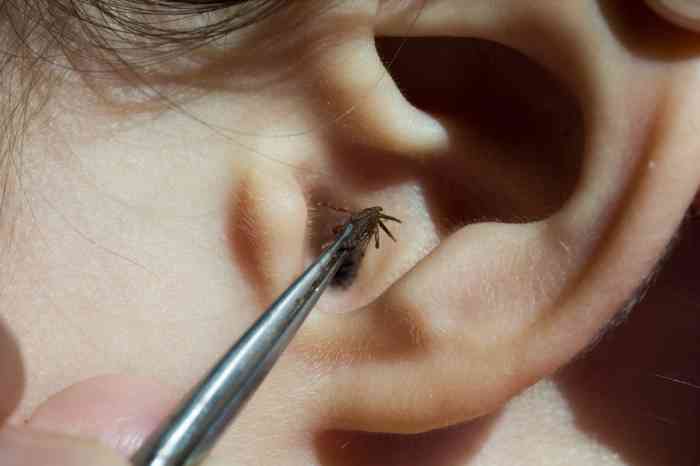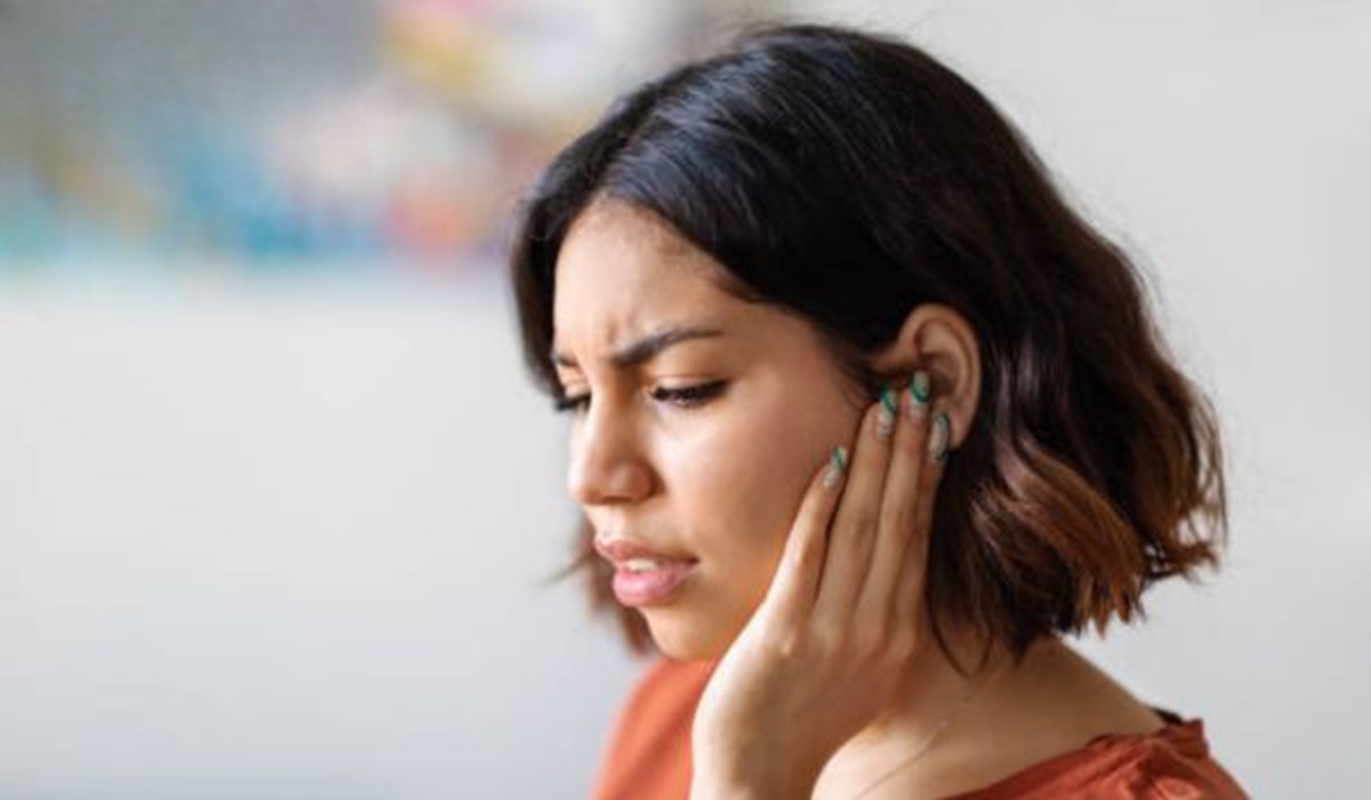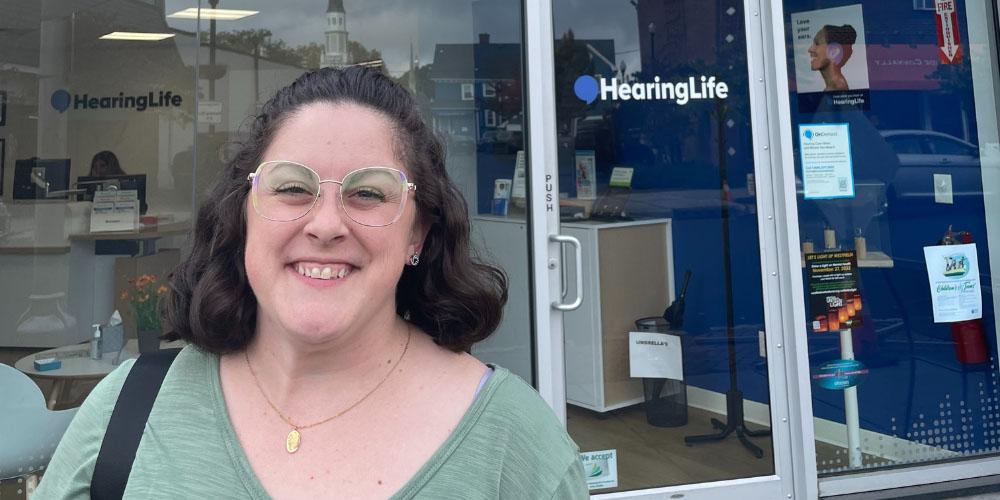
What is otitis media?
Otitis media (OM) is a middle ear infection that occurs when fluid builds up behind the eardrum. While this condition is sometimes referred to as otitis media disease, it is actually a common form of ear infection that affects people of all ages, and is one of the most common infections in children worldwide.¹ Despite the accompanying pain in some types of this middle ear infection, otitis media is treatable and can improve with the right care.
Common symptoms of otitis media
Otitis media symptoms vary depending on the type of OM.
The symptoms for AOM include ear pain (sharp or throbbing), a feeling of fullness in the ear, drainage of fluid or pus, and temporary hearing loss.
People with OME are often asymptomatic,¹ but may experience subtle symptoms like muffled hearing, a feeling of fullness in the ear, balance issues and tinnitus.
The hallmark symptom of COM is persistent ear drainage, but because an infection isn’t necessarily present, there is often no significant pain associated with COM.
What causes otitis media?
What causes otitis media can be various conditions. Bacterial infections like pneumococcus and viral infections, such as colds or the flu, are common triggers. Allergies and sinus infections can also block the Eustachian tubes, leading to fluid buildup. Another cause of OM is Cytomegalovirus (CMV), linked to a herpesvirus, which makes people with weak immune systems or newborns especially vulnerable. Children exposed to secondhand smoke are more vulnerable to OM due to the inflammation of their respiratory system and compromised immune system. Additionally, aero-otitis media, caused by air pressure changes during activities like flying or scuba diving, can also lead to an infection due to the inability of the Eustachian tubes to adjust quickly enough.
Risk factors for developing otitis media
Certain conditions and behaviors increase the chances of developing a middle ear infection. Otitis media risk factors include smoking or secondhand smoke, age (younger children and older adults are more at risk), genetic predisposition, frequent colds or upper respiratory infections, and allergies. Additionally, children in daycare are more exposed to colds, and pacifier use increases the risk of OM¹ by affecting the Eustachian tube and altering middle ear pressure.
Complications of otitis media
Otitis media, if poorly managed, can have long-term implications. Complications of otitis media include temporary or permanent hearing loss, balance issues, and speech or developmental delays in children.
Untreated otitis media can lead to a bone infection called mastoiditis, which can be life-threatening if not treated promptly, and malignant otitis media, a severe infection that starts in the external ear canal and can spread to the surrounding tissues, including the bones of the skull.
How is otitis media diagnosed?
Doctors diagnose otitis media by first reviewing symptoms. Using an otoscope, they check for signs of infection, such as redness, swelling or fluid behind the eardrum. If needed, additional tests like tympanometry or hearing assessments may be done to confirm the diagnosis or check for complications.
How to prevent otitis media
To help prevent otitis media, focus on staying healthy through regular vaccinations, including the flu and pneumococcal vaccines, and practicing good hand hygiene. Additionally, avoid exposure to smoking and secondhand smoke to reduce risk factors.²
The difference between otitis media and otitis externa
Otitis media and otitis externa differ in location and cause. Otitis media is usually triggered by infections like bacteria or viruses, while otitis externa (or swimmer’s ear) typically arises from trapped moisture.
The above is the interpretation of Types of Otitis Media: Symptoms, Causes, and Treatments provided by Chinese hearing aid supplier Shenrui Medical. Link https://www.srmcm.com/Blog/Types_of_Otitis_Media_Symptoms_Causes_and.html of this article is welcome to share and forward. For more hearing aid related information, please visit Blog or take a look at our Hearing aids products















